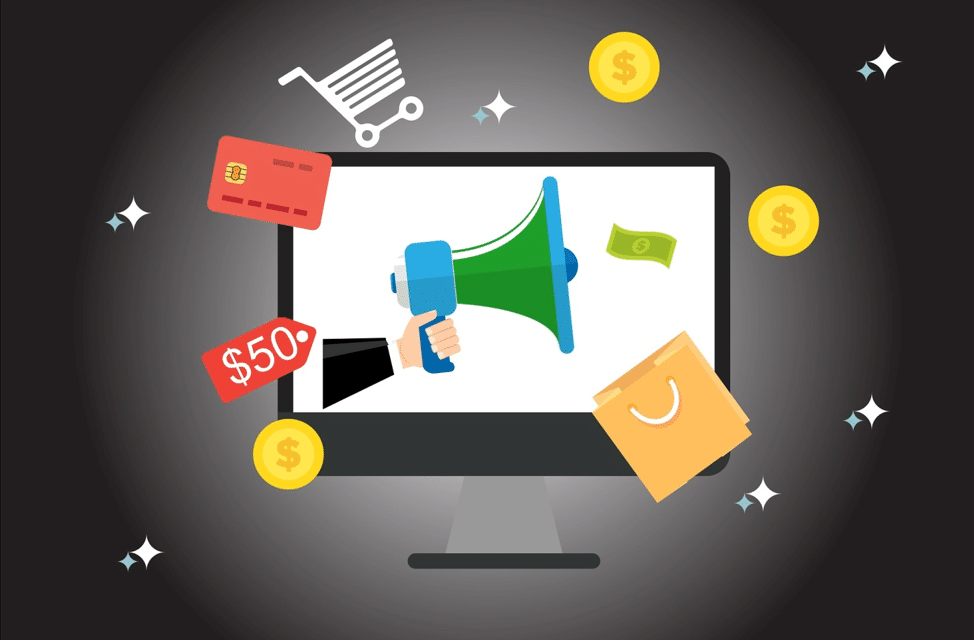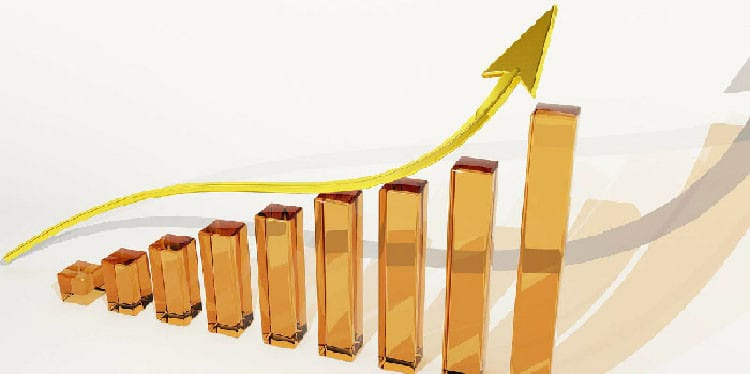The old-fashioned ways of handling procurement pricing negotiations are over. Person-to-person communication in a globalized world is complicated. Is 15:30 my time good for you? Skype? Zoom? WeChat? From time zones to media channels, it’s hard to get pricing out of the way and move on with contracts and business. Nowadays a standard e-Procurement platform comes with various automated business procedures or “automations” that make pricing and terms negotiations more efficient. Let’s look at how automation is making pricing easier with technology.
Digitized e-Procurement
Would you be surprised to learn that digitized e-Procurement doesn’t do anything out of the ordinary? Technology isn’t magic. There are no tricks. It’s simply a tool that does all the old-fashioned procurement steps with maximum efficiency. By cutting down on time, middlemen, and confusion, the major benefit of automation is a reduction in information asymmetry. In fact, the only extraordinary thing that automation does is to exponentially speed up data exchange.
The benefits of technology also translate into savings. At each point in the pricing process, organizations can maximize cost savings. No more working off of hunches and handshakes. The new way uses hard facts and big data. Instead of spending weeks going back and forth on research, investigation, and authorizations, results are available onscreen within seconds. With real numbers at hand, watching trends and outcomes can have a positive cascading effect on an organization’s bottom line. By eliminating confusion and lag time, both the buyer and supplier can move past the pricing stage faster than ever before and get on with normal business.
The Pricing Process
According to the Business Dictionary, there are up to 10 steps in the procurement process. After recognition of a need, specification of that need, and gathering sourcing options, we arrive at Step 4, or the negotiations about pricing and terms. This step is important to every organization because it’s the only time we talk definitively about money. This step will affect everything from quarterly expenses to the annual budget and even the success of both buyer and supplier organizations over time. Overspending leads to failure but smart spending means sustainability for everyone.
There are 3 general phases in the typical procurement process to negotiate a price.
- Information gathering – investigating all relevant information
- Determining price – compare with market rates and decide an appropriate price range
- Determining terms – how, when, what state, and how often the product will be delivered
Most businesses will look into at least three suppliers before making a final decision.
The Power of Automation
We already know 4 ways to streamline e-Procurement, in general, using automation. Getting more specific, there are many phases of the e-Procurement pricing that gain efficiency thanks to automation. Everything from information gathering to negotiating price and terms gets easier.
Reverse auctions bring vendors to you and RFP Software simplifies decisions by eliminating vendors at the outset and ensuring a quality supplier pool. Digitized communications eliminate mountains of paperwork and the confusion of disorganized emails. Cloud-hosted negotiations within an e-Procurement platform avoid transaction disputes. Pricing is clear regarding early purchase incentives and payment discounts. Thanks to the magic of transparency, buyers have real information at their fingertips. Data can be shared across platforms and price comparisons between past vendors are available in seconds. This helps the buyer decide faster. After reaching this final pricing decision, the system can move ahead and begin automated contract preparations.
The Tech Difference
Would you be surprised to learn that digitized e-Procurement doesn’t do anything out of the ordinary? Technology isn’t magic. There are no tricks. It’s simply a tool that does all the old-fashioned procurement steps with maximum efficiency. By cutting down on time, middlemen, and confusion, the major benefit of automation is a reduction in information asymmetry. In fact, the only extraordinary thing that automation does is to exponentially speed up data exchange.
The benefits of technology also translate into savings. At each point in the pricing process, organizations can maximize cost savings. Instead of the old days of
No more working off of hunches and handshakes. The new way uses hard facts and big data. Instead of spending weeks going back and forth on research, investigation, and authorizations, results are available onscreen within seconds. With real numbers at hand, watching trends and outcomes can have a positive cascading effect on an organization’s bottom line. By eliminating confusion and lag time, both the buyer and supplier can move past the pricing stage faster than ever before and get on with normal business.
Are you benefiting from the efficiency of automation or are you handling pricing decisions the old-fashioned way? To see an e-Procurement platform in action, request a demo of ProcurePort pricing solutions today.










